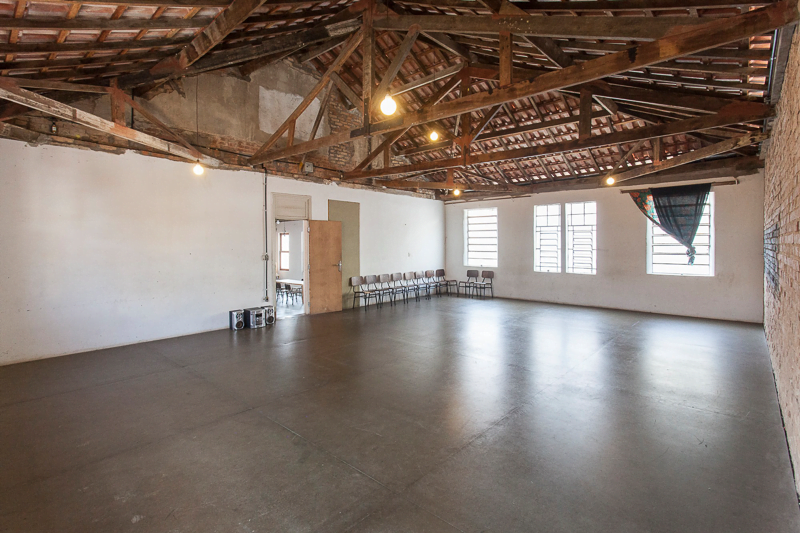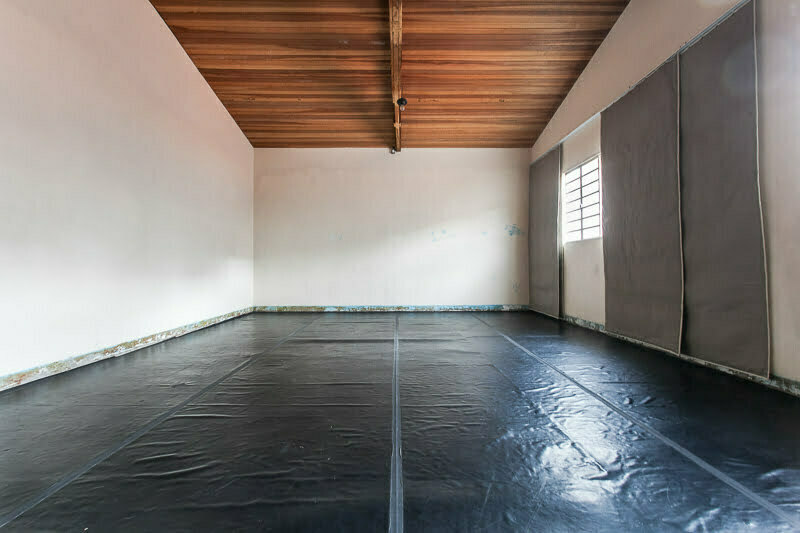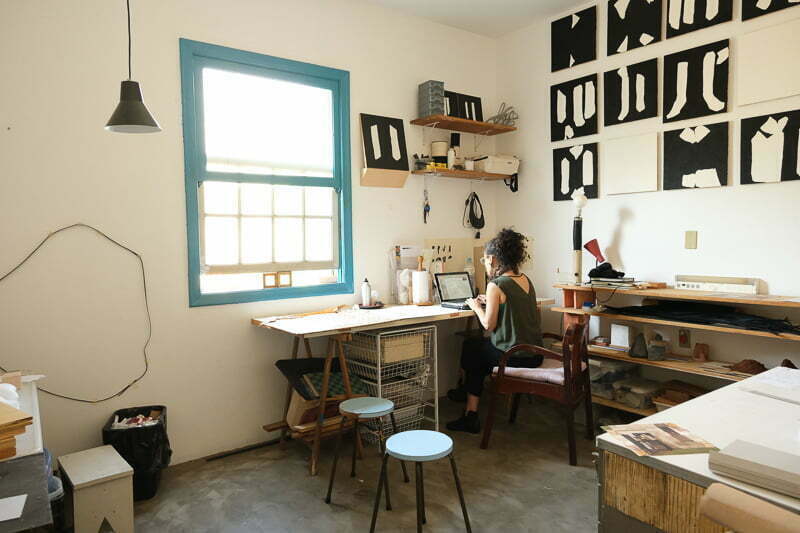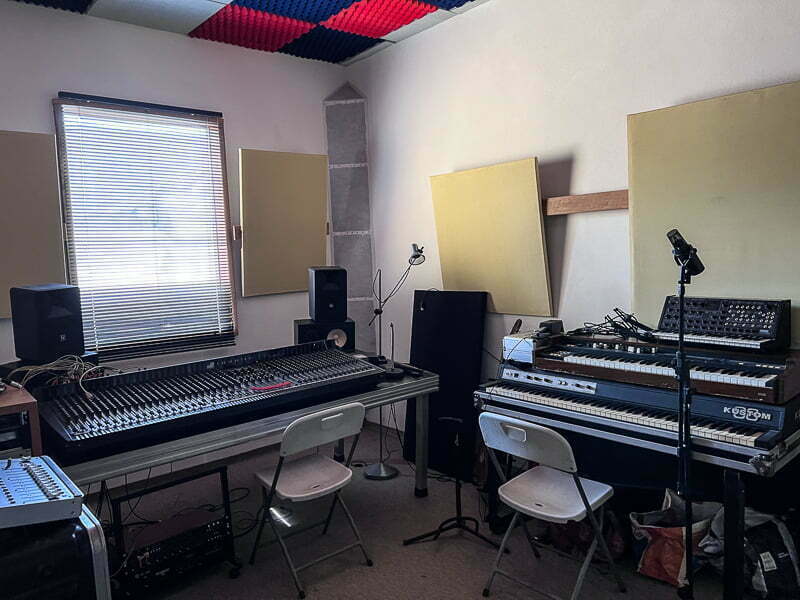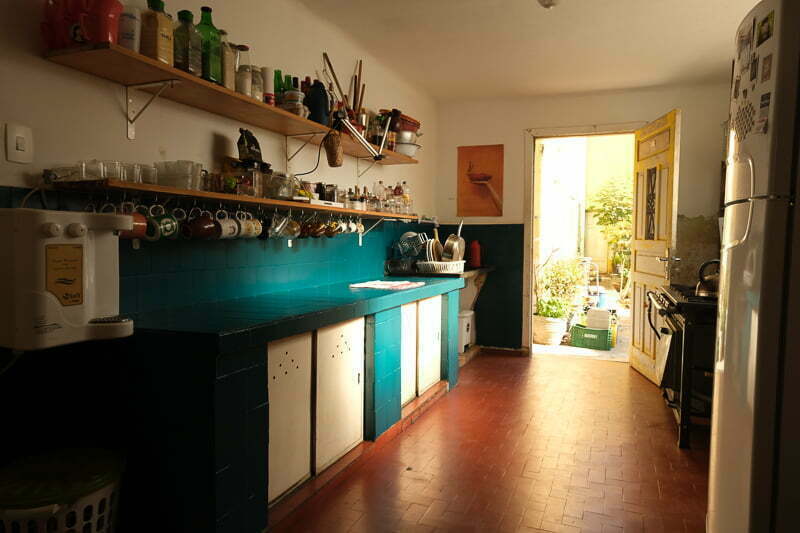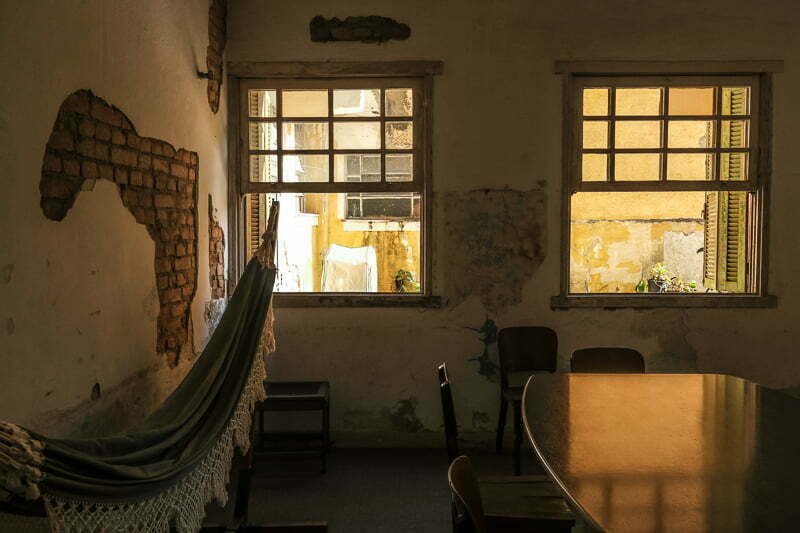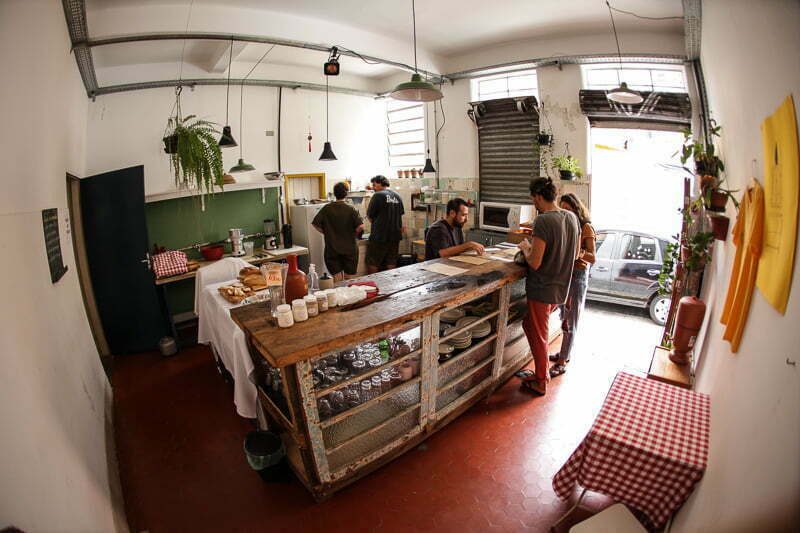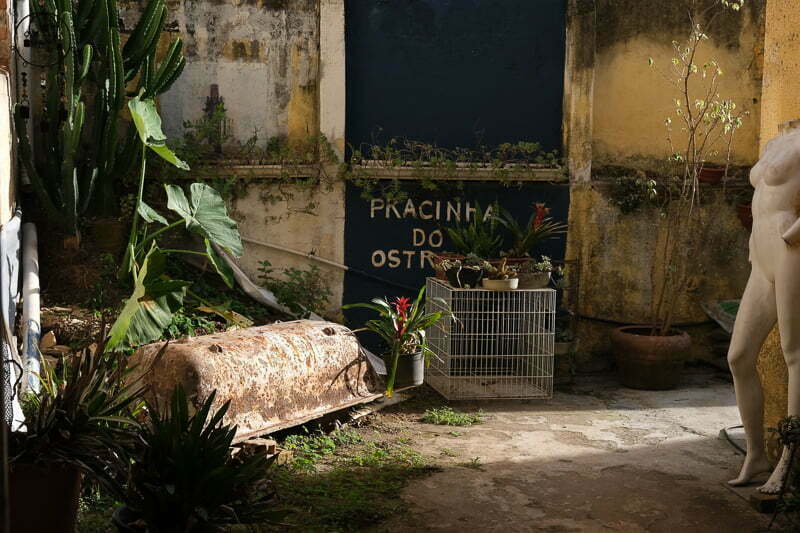
The house
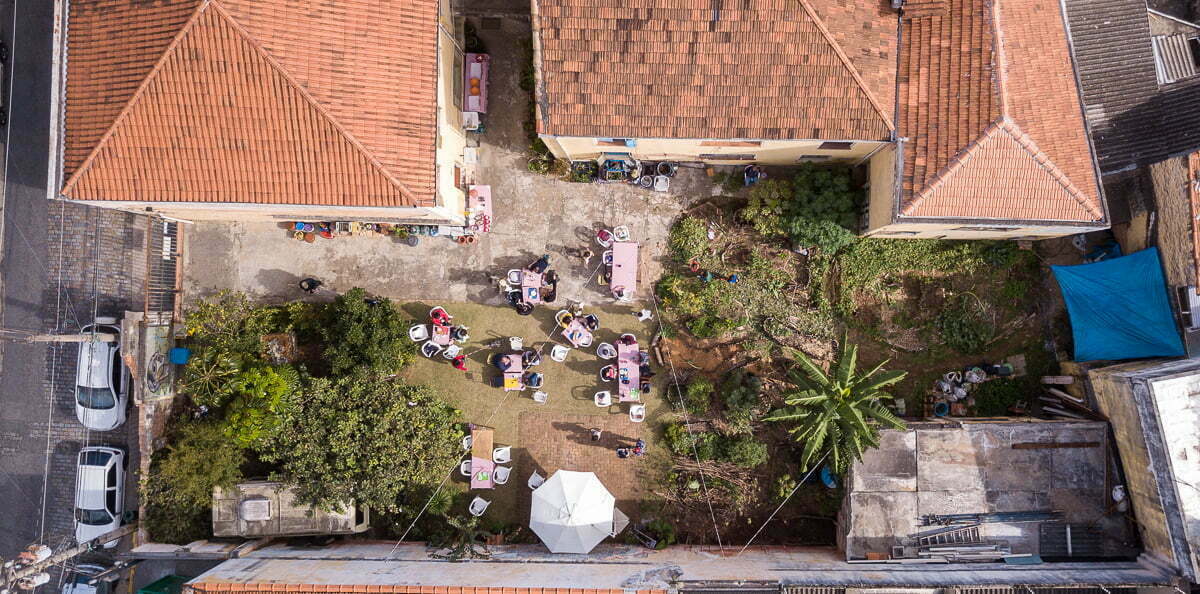
A creative home with endless possibilities
A haven of desires, discussions, conviviality and lots of action
Located in Vila Anglo BrasileiraThis is the headquarters of the Condô Cultural AssociationIt is also a working space for artists, cultural entrepreneurs, environmentalists and activists.
Location of many of the our actionsThis could also be what you're looking for in your project. Check out our spaces for rent.
Workspace rental
The Casa is managed by Bica de Pedra Produções Artísticas, coordinated by Kako Guirado and Géssica Arjona in collaboration with Daise Cerqueira, Celeste Castro and other partners. The management is responsible for functions that allow the space to continue to exist: the physical restoration and maintenance of the building; the implementation of adequate infrastructure to meet the demands of the activities and actions; the renting of spaces and general administration.

The history of the building
A school group. A hospital. From abandonment to occupation, to artistic life, to daily life: The Cultural Condô.
The building is an old building with a long and eventful history. The house, with a built area of 970 m2 on a plot of 1,250 m2, is divided into two parts. The first building gave way to the Anglo Brazilian School Group, which worked between 1933 e 1955. The second building was erected in 1955after the school closed, and gave way to the São Marcos Hospital and Maternity, which became the Anglo Brazilian Geriatric Hospital at the end of the 1970s, closing its doors in the year 1995.
A building that has witnessed births and deaths and is part of the history and memory of the neighborhood, the popular Vila Anglo Brasileiraimmigrant housing in the west of São Paulo.
After the school-maternity-hospital cycle, the building became abandoned for 15 years. Now almost a century old, it has had its social vocation revived, becoming a cultural spacethanks to a group of people who began to transform it: from abandonment to occupation, to artistic life, to daily life.
Since the beginning of this process, in 2009In addition, there is a constant concern to maintain the collective cultural identity that is stamped on the walls and details of the property. All the renovations and modifications are based on preserving the history of the place. With each peeling wall, a world is revealed, a piece of the history of many people who have passed through the school and the hospital. And there are many layers to the walls, paintings, doors, windows, floors and memories.
This whole movement of maintaining the building and its history goes against the cruel system of real estate speculation that the western region of São Paulo has suffered in the last decade. We believe that the loss of heritage represents the loss of history and identity, because the history of our neighborhood and of the place where we live is unique and irreplaceable, and the destruction of its material representations means forgetting part of our cultural identity. And to forget our culture is to forget who we are.
Giving importance to the preservation of a historic building like this, therefore, is to bring to light the meanings that go beyond the material and aesthetic value, preserving elements of the history of the place and its population.
Even though we always take care of the maintenance of the space - while proposing countless creative actions - the building constantly needs interventions which require specialized labor and are often beyond our financial means. Everything that has been done to date so that the building can be minimally restored and inhabited has happened thanks to the actions of people interested in keeping it running. It's been a lot of sweat and hard work. Thanks to the collaboration of these people, it is possible to keep the space active and in a constant process of recovery.
If you want to be part of this construction, come and meet us, membership, follow our programming or collaborate with our projects. You can receive the news first hand on this whatsapp.
The Anglo-Brazilian Village

The neighborhood is a small subdistrict of the west side of São Paulobelonging to the Lapa subprefecture. In 2022 he turned 95 The neighborhood is an old town and its daily life still includes practices that have been forgotten in the big metropolises. With narrow cobbled streets and a rugged topography, where the houses are embedded in the hills or below street level, it still preserves a "neighborhood" atmosphere and resists real estate speculation due to its peculiar characteristics. With its valley floor geographical configuration, it creates a contrast with neighboring districts such as Perdizes, Vila Madalena, Alto da Lapa and Sumarezinho.
Vila is like a periphery in the center. With more contact between its residents and families, this popular neighborhood has large hillsides, houses close together and many families in the same yard; small shops, bars on the corners and people in the streets. At times it feels like a neighborhood in a small towneven though it's only a few minutes' walk from the Vila Madalena metro.
The historian and resident of the neighborhood, Leandro Antônio Gatti, published two editions of "Histórias da Vila Anglo Brasileira - Contadas por alguns de seus mais antigos moradores" (2012 and 2015) by Editora Baraúna and a commemorative edition with color photos and more than 400 pages by Editora Matarazzo (2017). He maintains a blog about the history and events of this beloved village.

